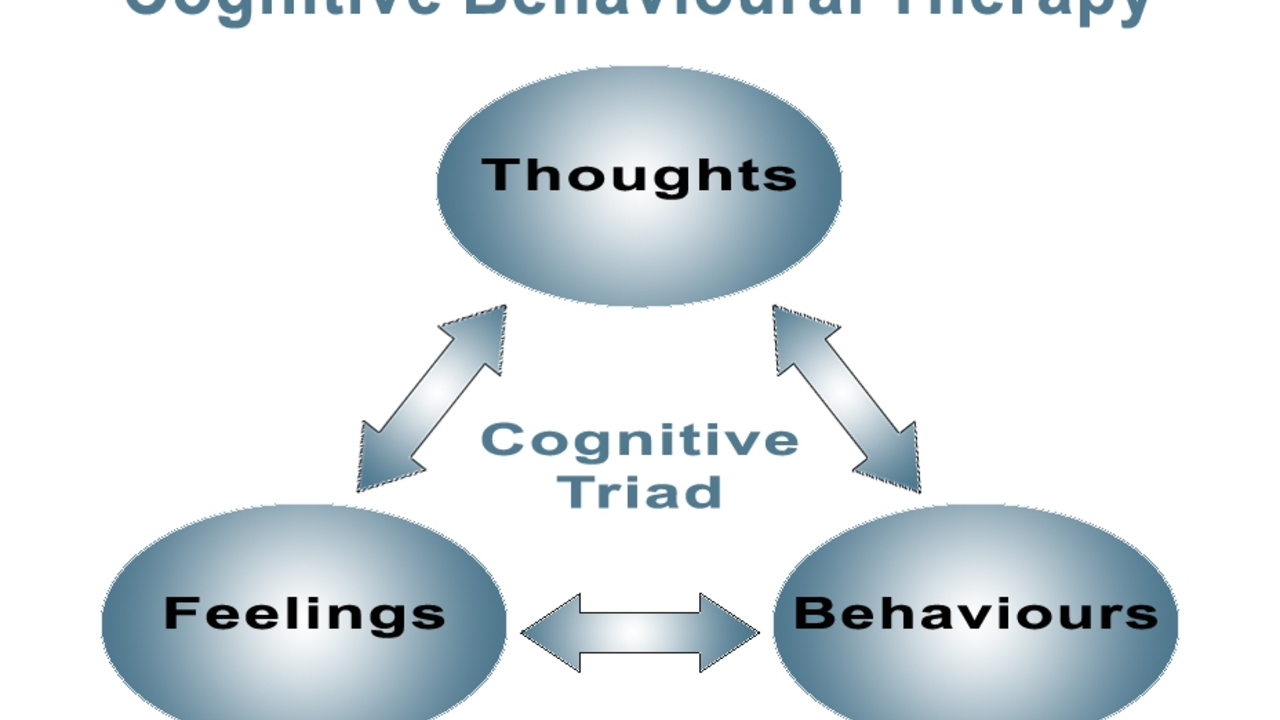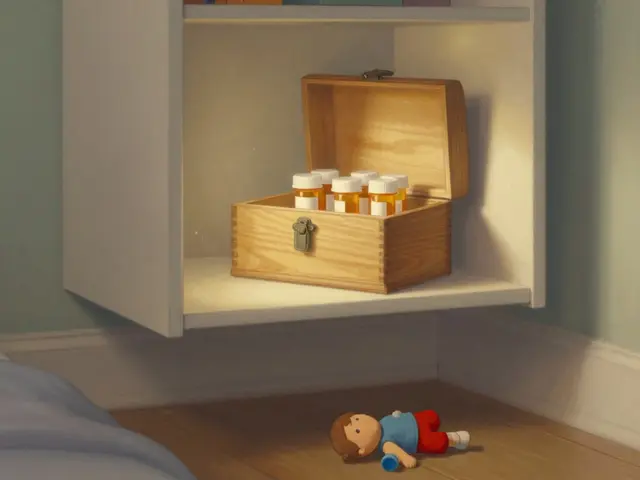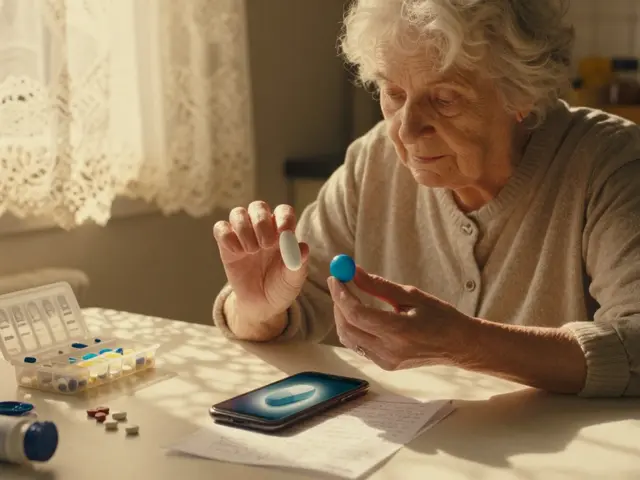Cognitive Behavioral Therapy (CBT): What It Is and How It Helps You
CBT is a short-term therapy that helps you change unhelpful thoughts and behaviors. It’s used for anxiety, depression, insomnia, PTSD, and more. Many people notice real improvements within weeks because CBT focuses on specific problems and gives you tools you can use right away.
How CBT Works — in plain words
CBT is built on a simple idea: thoughts influence feelings and actions. If you think "I’ll fail," you feel anxious and might avoid tasks that matter. CBT teaches you to spot those thoughts, test them, and replace them with more useful ones. Sessions usually mix talking, learning, and practice homework. That practice is where the real change happens.
Therapists guide you to set clear goals, break big problems into small steps, and measure progress. The structure makes it easier to see what’s working. Unlike open-ended therapy, CBT focuses on current issues and practical change.
Practical CBT Tools You Can Try Today
1) Thought Records: Write down a upsetting thought, the evidence for and against it, and a balanced response. Do this once a day for a week and watch how your mood shifts.
2) Behavioral Experiments: Test a fear with a small, planned action. If you worry that speaking up makes people judge you, try one short comment in a safe setting and note the outcome.
3) Activity Scheduling: Low mood often comes with low activity. Plan simple pleasant or meaningful tasks—10–20 minutes a day—and track how you feel afterwards.
4) Sleep Tools: CBT for insomnia (CBT-I) uses fixed wake times, limits naps, and reshapes sleep habits. It’s often more effective long-term than sleeping pills.
These tools are simple but work best when repeated. Treat them like training exercises for your brain.
Looking for a therapist? Ask if they’re trained in CBT and how much experience they have with your concern. Good signs: clear plan, homework, measurable goals. Online CBT with licensed therapists is also common and effective—just check credentials and reviews.
When might you need medication or other care? CBT is powerful, but some conditions or severe symptoms may need meds alongside therapy. If you have intense suicidal thoughts, psychosis, or severe medical issues, get urgent help and ask a clinician about combined treatment.
Want to try CBT without a therapist first? Guided workbooks, apps, and short online courses can teach basics. If you start feeling worse or stuck, contact a professional.
CBT is practical, active, and focused. If you’re tired of looping thoughts or avoiding life, CBT gives clear steps to change how you feel and act. Start small, track progress, and expect gradual improvement—you can build new habits that actually stick.

The Role of Cognitive Behavioral Therapy in Treating ADHD
In my latest research, I've discovered that Cognitive Behavioral Therapy (CBT) plays a pivotal role in treating ADHD. It's a structured therapy that aids in managing symptoms by altering negative thought patterns and fostering positive behavioral change. CBT is often used alongside medication to maximize its effectiveness. I've found that it's particularly helpful for adults with ADHD who may have developed unhealthy coping strategies over the years. Overall, CBT can be an empowering tool for those living with ADHD, providing them with practical techniques to navigate their daily challenges.
Read More




